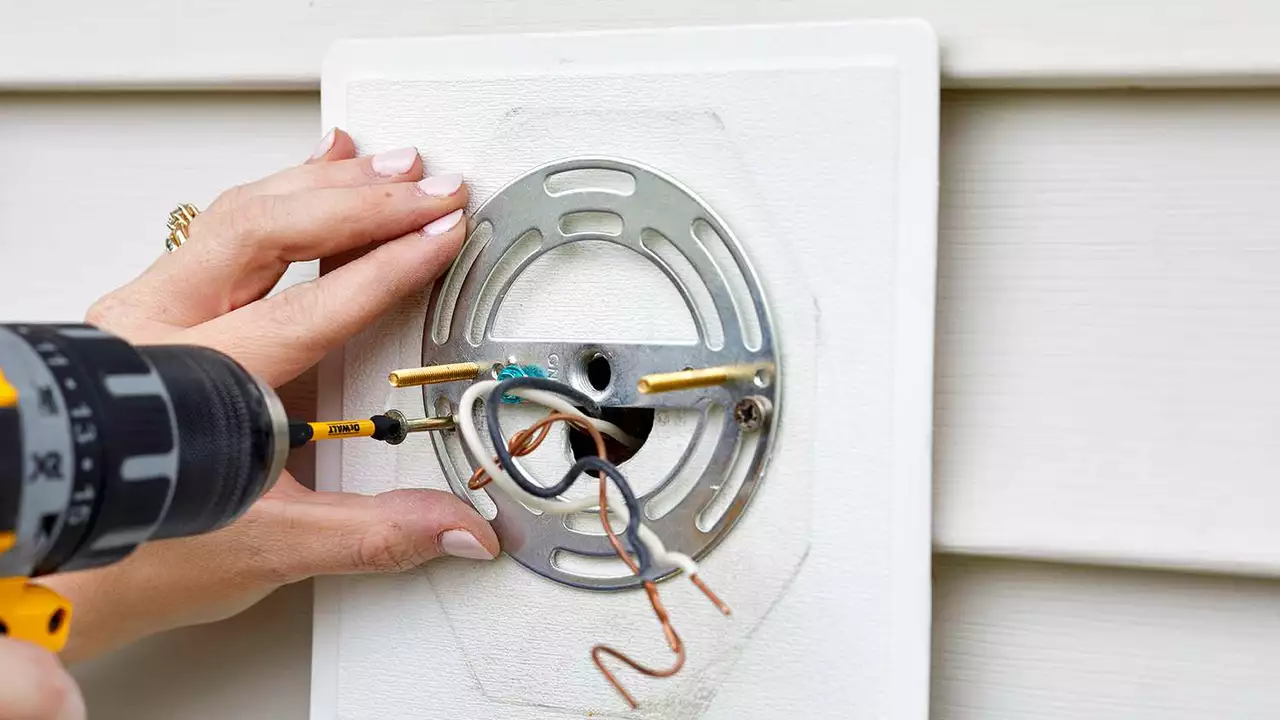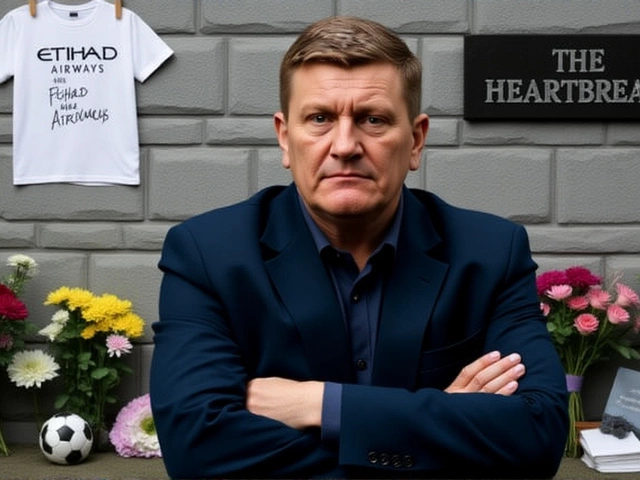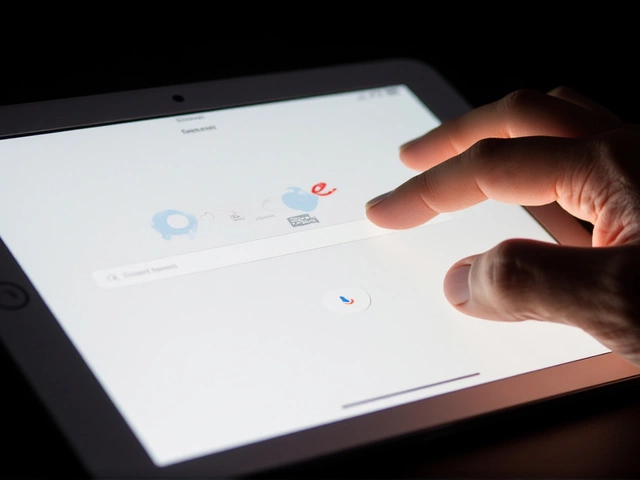Understanding the Basics of an Outdoor Light Fixture
As an everyday homeowner, it's important to have some basic knowledge about the lighting fixtures around your house. An outdoor light fixture is more than just a source of light. It's a crucial security feature, it enhances the aesthetics of your home, and it can even increase your property value. However, when this light fixture stops working, it can be quite frustrating. So, before we dive into why your outdoor light fixture might not be working, let's first understand what an outdoor light fixture is and how it works.
Common Reasons Why Your Outdoor Light Fixture Might Not Be Working
There can be several reasons why your outdoor light fixture might not be working. The most common issue is a burnt out bulb. Other reasons can include a problem with the circuit breaker, a faulty light switch, or damaged wiring. The problem could also be with the fixture itself. It could be corroded, rusted, or simply worn out. It's also possible that the light sensor, if your fixture has one, is not working correctly. These are some of the potential reasons, but the exact cause can only be determined after a thorough inspection.
How to Troubleshoot Your Outdoor Light Fixture
Before you can fix the problem, you need to identify what's wrong. Start by checking the simplest things first. Is the bulb burnt out? Is the circuit breaker tripped? Is the light switch in good working condition? If these seem to be fine, then you might want to check the wiring and the fixture itself. Always remember, safety first! Make sure to turn off the power before you start any electrical work.
When Should You Consider Replacing Your Outdoor Light Fixture
Not all problems with an outdoor light fixture require a replacement. Often, a simple repair can do the trick. However, if your fixture is old, rusted, or significantly damaged, it might be best to replace it. Additionally, if the problem persists even after a repair, or if the cost of repair is too high, you should consider a replacement. It's also a good idea to replace your fixture if it's outdated and you want to upgrade to a more energy-efficient model.
Choosing the Right Outdoor Light Fixture for Your Home
When choosing a new outdoor light fixture, there are several factors to consider. Think about the purpose of the light. Do you need it for security, for decor, or for lighting up a specific area? You also need to consider the style of the fixture. It should match the exterior aesthetics of your home. Additionally, consider the type of bulb the fixture uses. LED bulbs are more energy-efficient and longer-lasting than traditional incandescent bulbs. Finally, check the fixture's durability. It should be able to withstand various weather conditions.
How to Safely Remove Your Old Outdoor Light Fixture
Before you can install your new outdoor light fixture, you need to remove the old one. Start by turning off the power at the circuit breaker. Then, carefully remove the bulb and the cover of the fixture. Next, unscrew the fixture from the wall. Be careful not to pull or tug on the wires. Once the fixture is off, you can disconnect the wires. Again, be careful not to damage the wires.
Step-by-Step Guide to Installing a New Outdoor Light Fixture
Once you've safely removed your old fixture, you can proceed with installing the new one. Start by connecting the wires. Match the wire colors - white to white and black to black. Once the wires are connected, secure them with wire nuts. Then, attach the fixture to the wall using the screws provided. Insert the bulb and attach the cover. Finally, turn the power back on and check if the light is working.
Maintaining Your Outdoor Light Fixture
Regular maintenance can prolong the life of your outdoor light fixture. Keep it clean and free of dust and debris. Check the bulb regularly and replace it when it burns out. If your fixture has a sensor, make sure it's not blocked by anything. Also, inspect the fixture for any signs of corrosion or damage. Timely repairs can prevent major problems in the future.
Conclusion
Dealing with a non-working outdoor light fixture can be a challenge, but with some basic knowledge and a little bit of patience, you can troubleshoot the problem and even replace the fixture if necessary. Remember, safety is always the top priority when working with electrical fixtures. If you're not comfortable doing it yourself, don't hesitate to call a professional.



